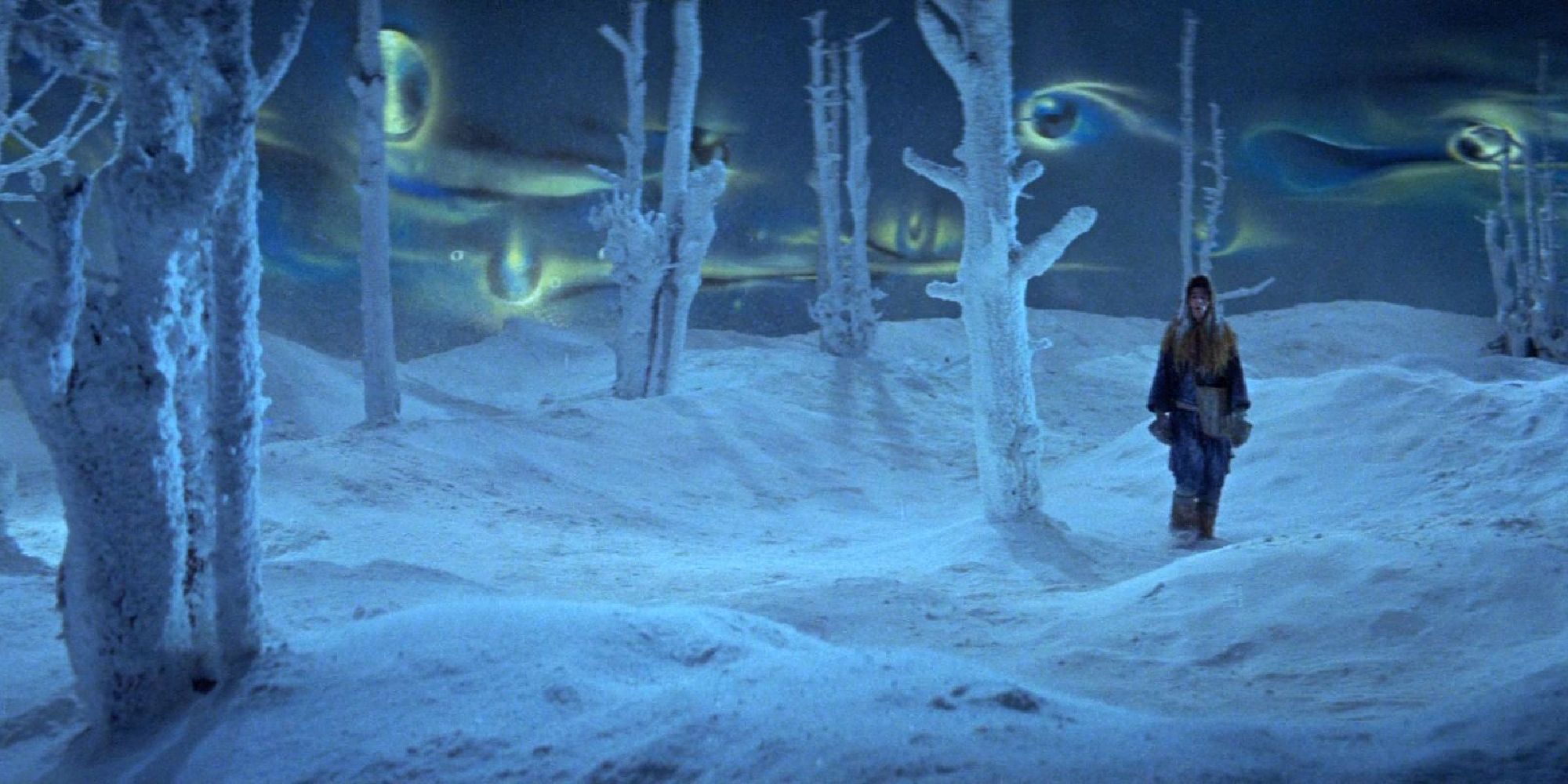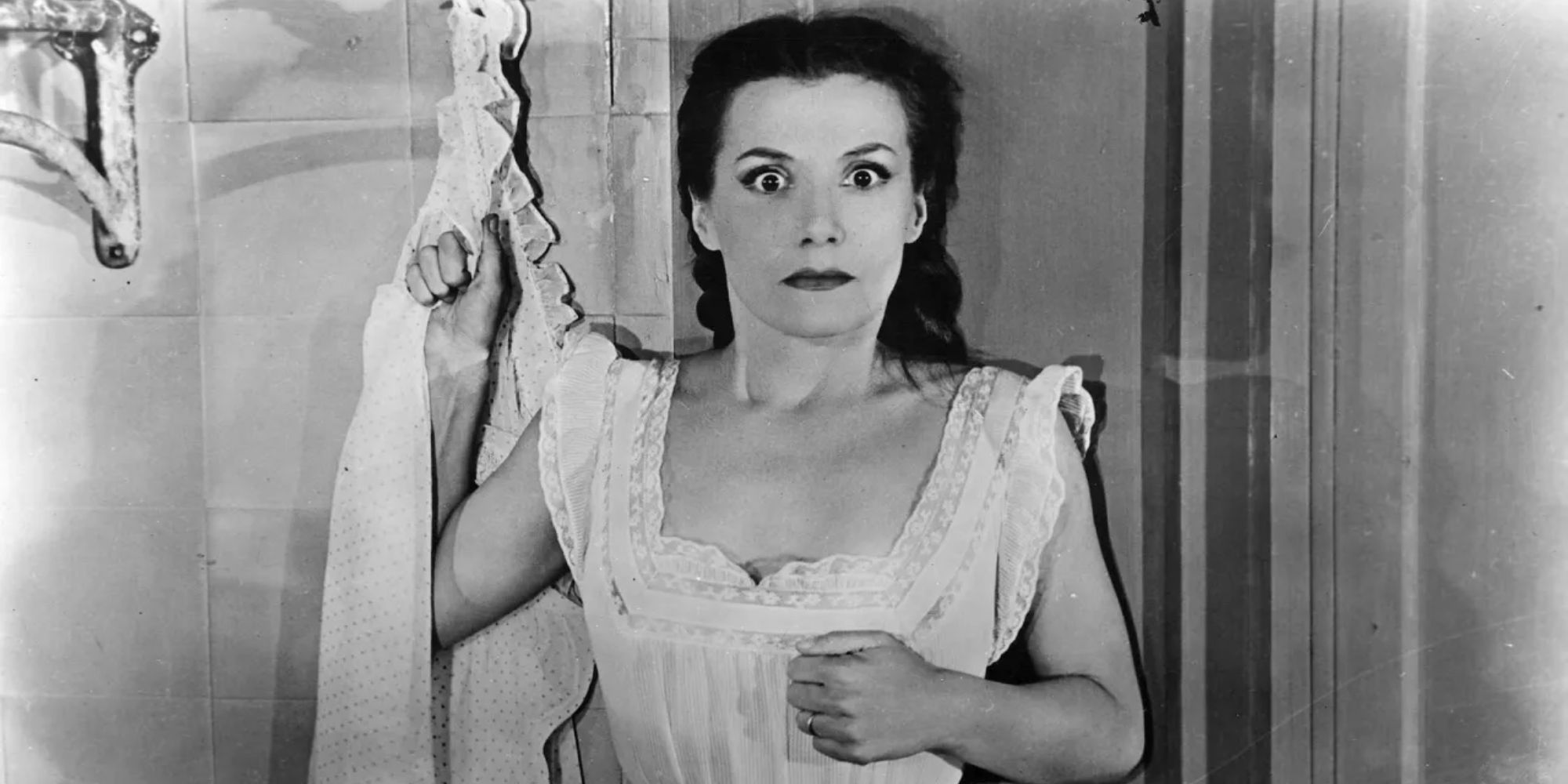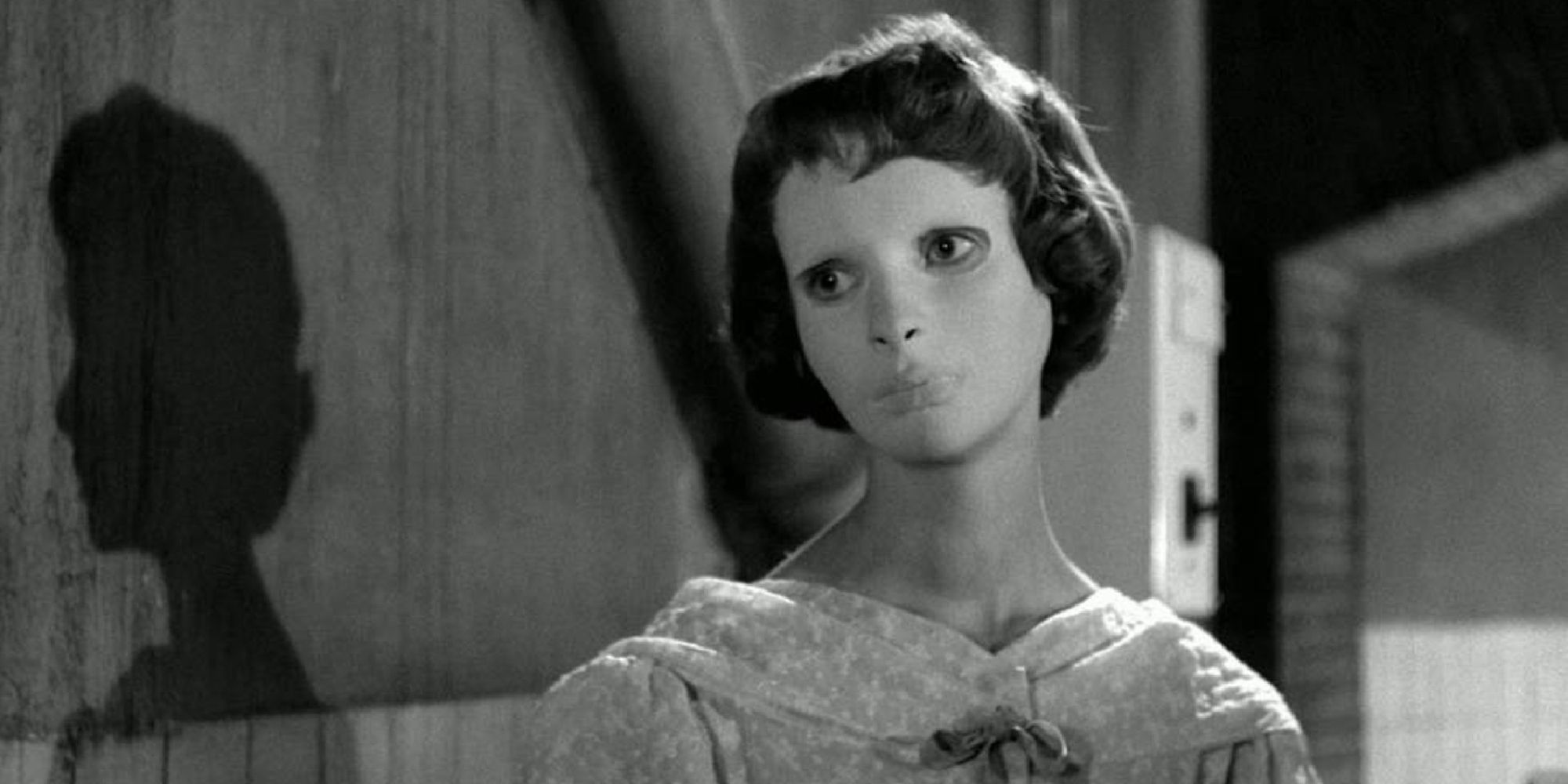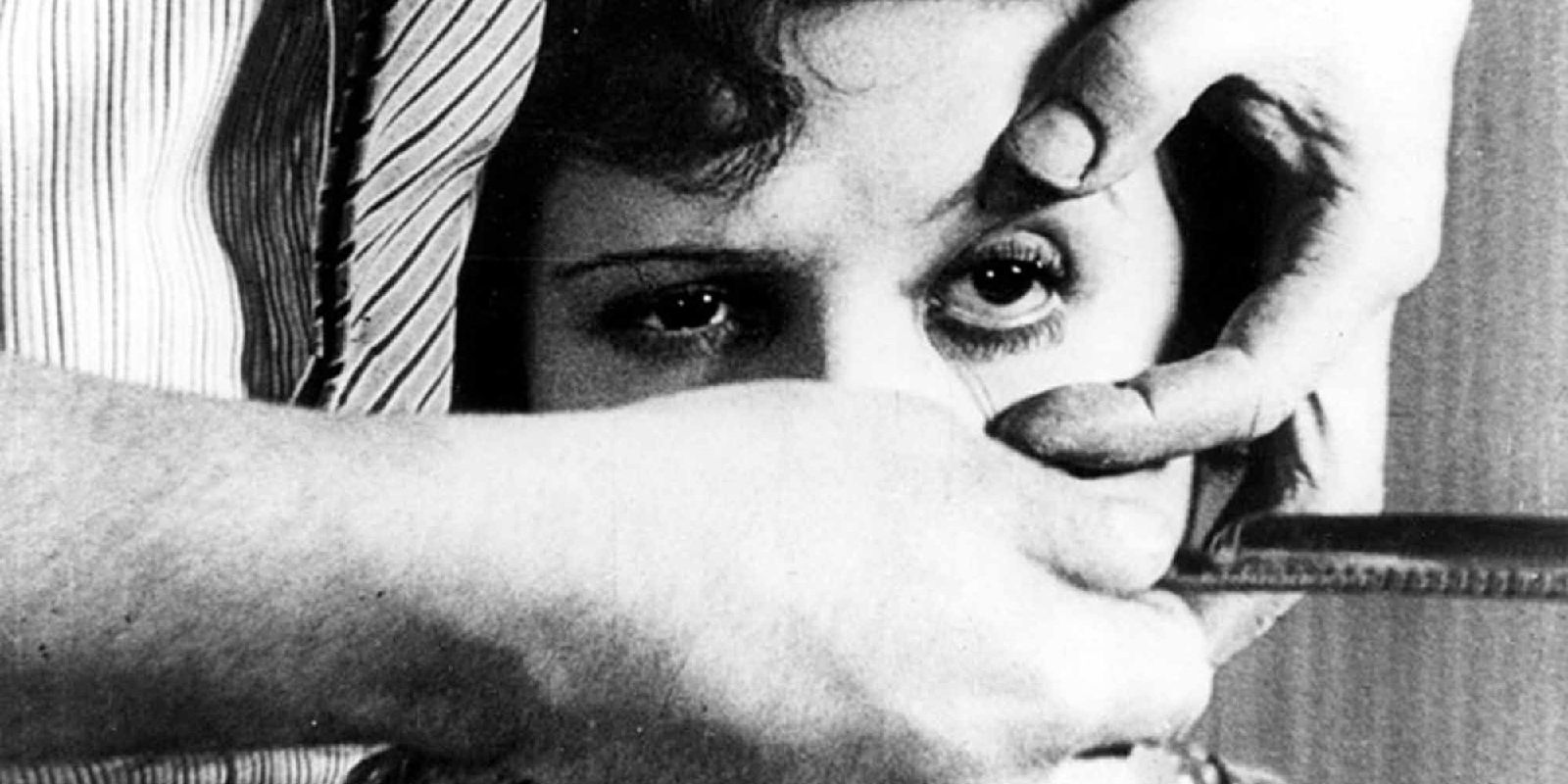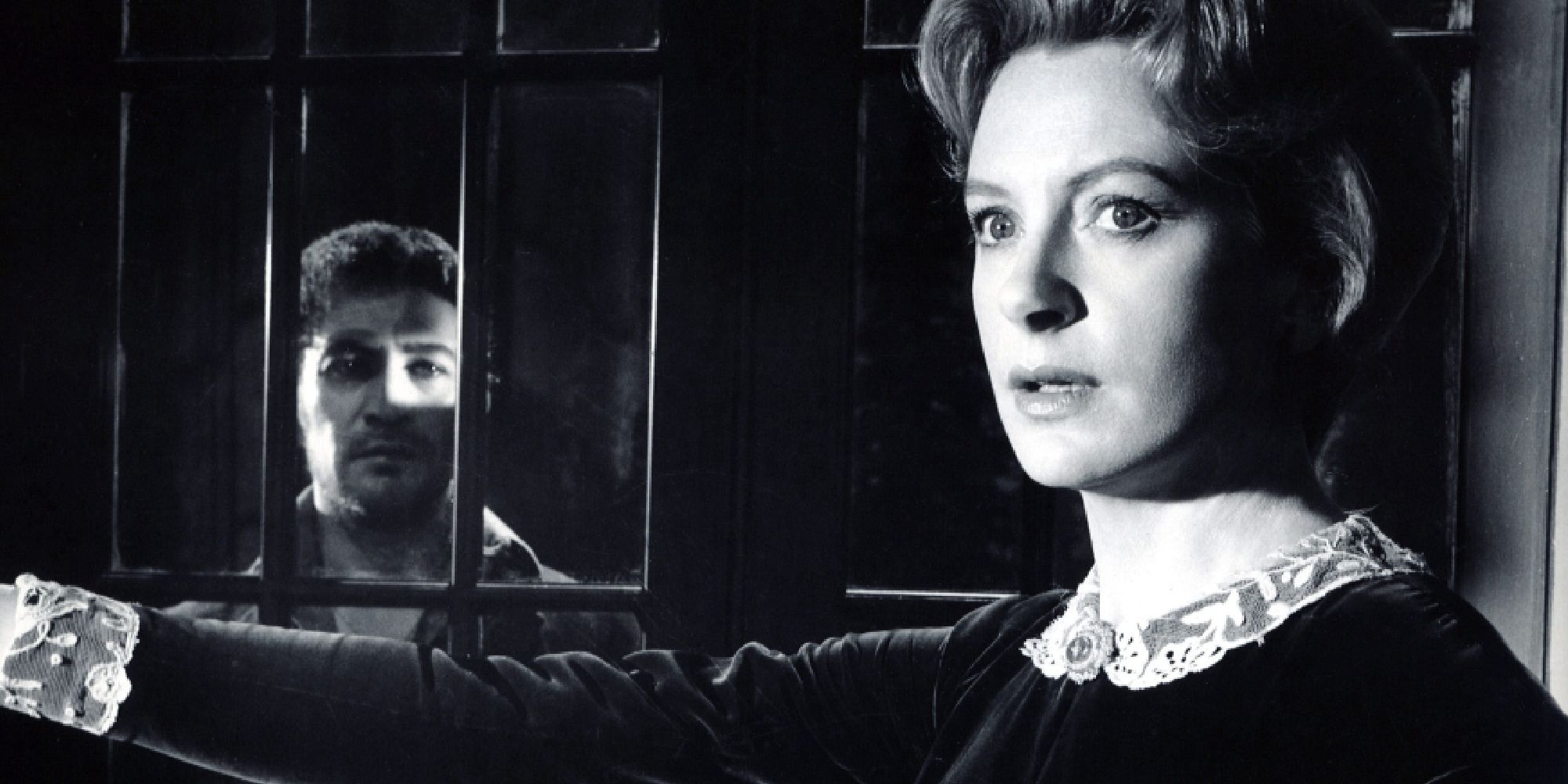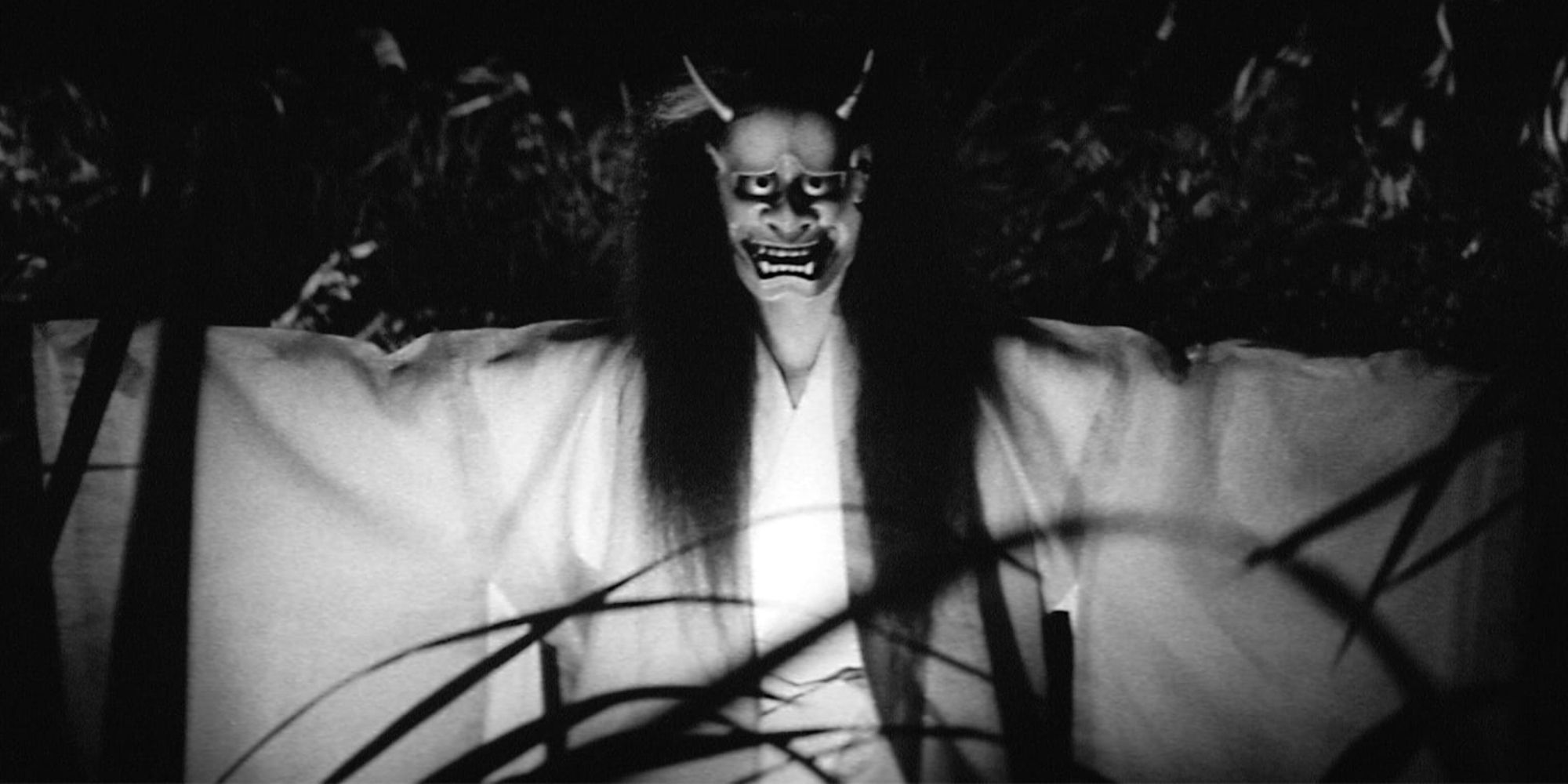You'd be forgiven for thinking that older horror movies aren't very scary. Many aren't, particularly when looking at horror movies over half a century old. The same thing happens for other genres, particularly comedies, given what audiences found funny decades ago isn't always what modern-day audiences might find funny, inadvertently aging the film (through no fault of its filmmakers, who could never have been expected to know the future).
However, older horror movies being less scary than newer ones is not a hard and fast rule, just as it is with comedies (consider how endearing Charlie Chaplin's films remain). Many of the best horror movies are over 50 years old and are worth watching for anyone who may have been avoiding old horror because of the idea that a film's age automatically lessens its impact. A warning, though, for anyone who doesn't like black and white films for whatever reason: given these are all over 50 years old, most were not shot in color.
'Rosemary's Baby' (1968)
Rosemary's Baby is among the greatest religious-themed horror movies of all time. It centers on a young woman whose life spirals out of control when she becomes pregnant, mainly due to her intense fears about her unborn baby and the tension she feels around her mysterious, shady neighbors in the apartment complex she and her partner have just moved into.
Delving too far into the plot would ruin most of the film's scares, but a handful of key sequences in Rosemary's Baby remain as shocking and upsetting today as they were in 1968. There's also a constant sense of dread and uneasiness to the whole film, which puts the viewer into Rosemary's paranoid and exasperated state of mind.
'Kwaidan' (1964)
Kwaidan is a classic Japanese horror movie that expertly weaves together four supernatural-themed stories, many of them involving samurai. Each is an adaptation of an old folk story, and all in all, the four stories add up to a three-hour runtime, making this something of an epic horror film (though its anthology nature means it can be watched in parts without losing much).
Words can't do justice to how Kwaidan looks and feels, but the experience is undoubtedly unique. While the stories it contains have influenced numerous other Japanese horror films, none look quite like this, with its fantastic set design, expert use of color, and for its simple yet effective—and eerie—special effects. For anyone looking to explore horror movies made outside the west, Kwaidan is a great place to start.
'Nosferatu' (1922)
Silent horror films don't get much more essential than Nosferatu. It's heavily inspired by the classic story of Dracula, though it had to change its characters' names for copyright reasons. As such, Count Dracula becomes Count Orlok, whose iconic, extremely creepy design has made him one of the most recognizable movie vampires of all time.
The idea of a horror movie that's a century old still being scary might sound preposterous, but Nosferatu truly delivers. The silence and dark, shadowy visuals instantly create a sense of morbid unease, and the lack of sound effects in this regard does nothing to make things less frightening. If anything, it creates a sense that's something off, certainly for modern viewers who may not be used to silent cinema, which inadvertently turns a potential weakness into a strength.
'Diabolique' (1955)
Diabolique was far from the first psychological thriller, but it's one of the first to be truly unsettling and even horrifying in places. It toes that line between horror and thriller fantastically, with a slow-burn story about a murder committed by two women and the immense emotional and physical toll their actions take upon them.
The film gets a particularly large amount of mileage from the use of a bathtub for its creepiest moments, which in a way foreshadowed a certain other black and white horror movie with a one-word title that came out in 1960, itself famous for a terrifying shower scene. Diabolique's influence can be felt in numerous other films, too—much of Brian De Palma's work, for example, and arguably any post-1955 thriller that mixed crime, horror, and psychological drama into one.
'Eyes Without a Face' (1960)
The premise of Eyes Without a Face alone is enough to shed light on why it remains a disturbing horror movie, even though it was first released over 60 years ago. It deals with a doctor obsessed with face transplants and kidnaps young women, holding them captive in his mansion to perform his twisted experiments on them.
The idea of a doctor who sees nothing wrong with removing your face for science and fulfilling his twisted passions will always be scary, no matter what. The fact that Eyes Without a Face pushes this concept so far and depicts it so graphically in 1960 is quite astounding, ensuring it's a horror film that's retained its edge over multiple generations.
'Un Chien Andalou' (1929)
Among the most famous and essential short films of all time, Un Chien Andalou runs for just over 20 minutes and completely lacks a plot. Instead, it's a series of surreal, twisted sequences that aim to replicate the feeling of having a nightmare on film, bombarding the viewer with horrific imagery and shocking sights.
Time has been kind to Un Chien Andalou because there's little about it that makes it feel like a film from the 1920s, and much of it that's still disturbing. Most people who've seen it will mention the infamous eye-slicing scene, but that only cuts into the surface of what the film has to offer. Taking the plunge into Un Chien Andalou involves seeing a whole heap more that's not worth spoiling and seeing whether you'll come out the other end unscathed.
'The Innocents' (1961)
The Innocents is a good old-fashioned ghost story, though with a healthy amount of ambiguity for much of its runtime, making it toe the line between supernatural and psychological horror. It involves a young woman caring for two unusual children in an even more unusual mansion, whose grounds seem to be haunted by someone or something.
There have been many haunted house-type movies throughout horror history, but undoubtedly, The Innocents is one of the best examples of how to do the premise right. While it's certainly not paced like a modern horror movie, it has enough atmosphere and frightening moments to be just as unsettling as one. Of course, the excellent presentation and performances help elevate it, too.
'Onibaba' (1964)
An intensely atmospheric film featuring one of the creepiest masks in horror history, Onibaba is a Japanese horror film set in the 14th century. Its plot revolves around a mother and her daughter-in-law who kill lone samurai soldiers to sell their possessions and how their lives fall apart when they both end up falling for one of their would-be victims.
It's a simple premise, but it's all in the way the film looks and feels that makes it scary. It's got a fantastic setting, and many of its freakiest scenes take place outdoors, with people and objects often obscured or semi-obscured in long grass. In this way, it feels claustrophobic and eerily open all at once. As it pushes some serious boundaries for 1960s standards—when it came to violence and sexual content—it feels significantly less old than it is.

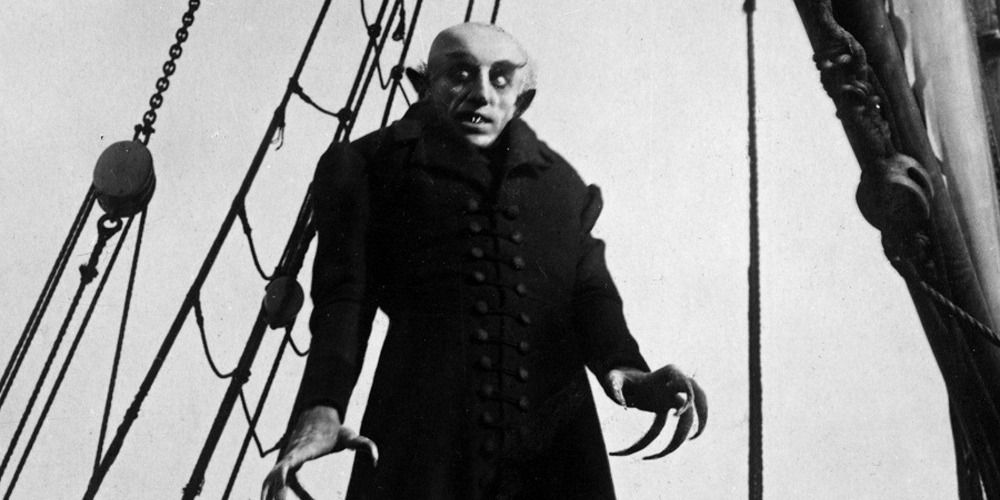
.jpg)
